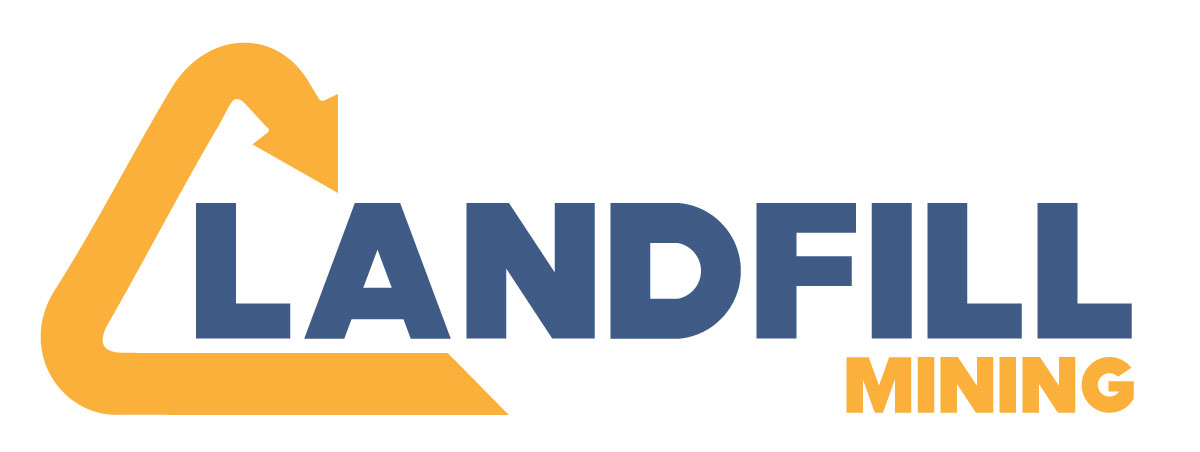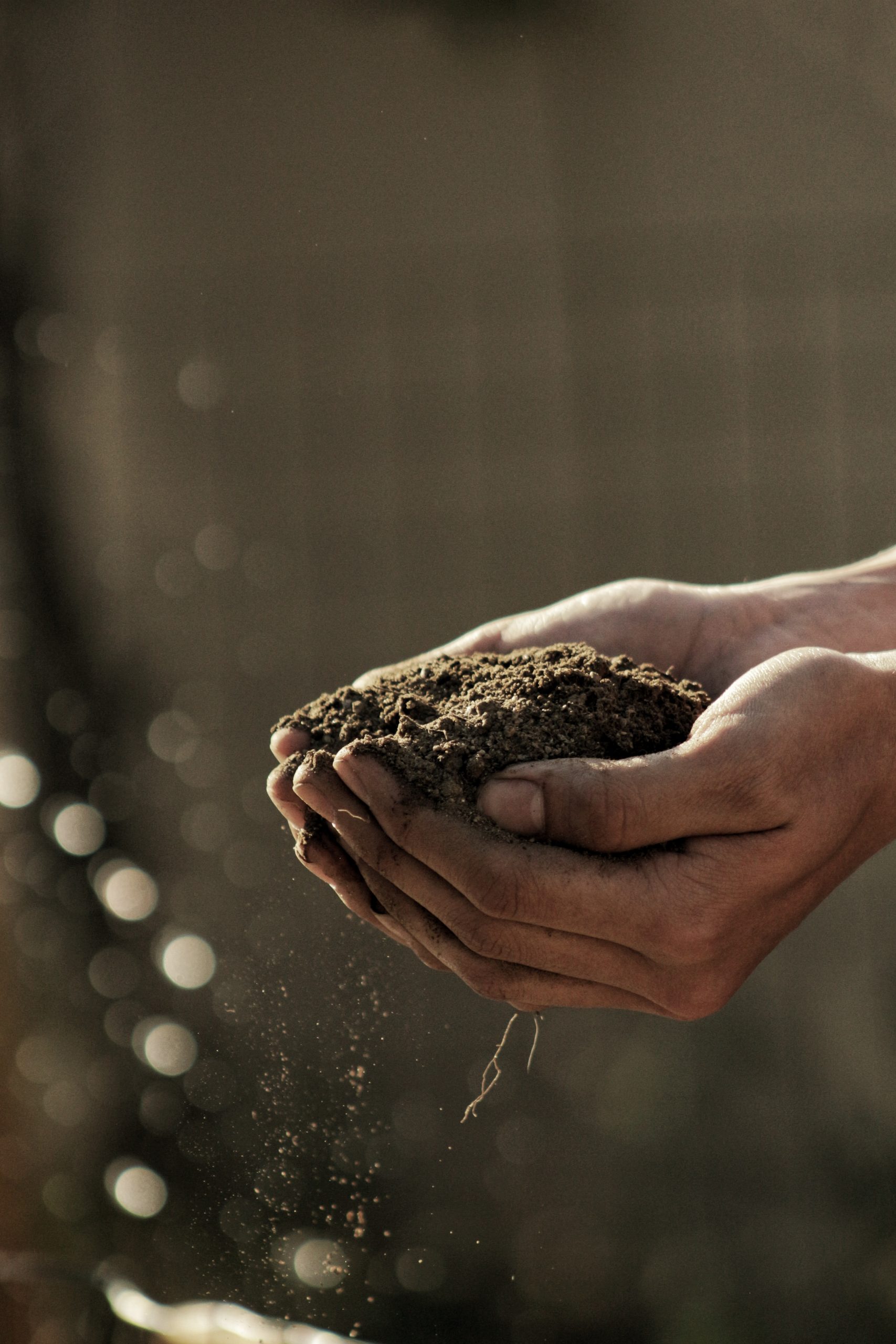Landfill mining
There are numerous closed, abandoned or decommissioned landfills that pose a high environmental and health risk due to the continuous emission of particulate matter. Greenhouse gases are emitted from these landfills. There is also leachate seepage and subsequent contamination of soil and groundwater, which is then used to irrigate fields and crops or for animal or human consumption. There is a high risk of fires and explosions and the threat of landslides and landslides that can be associated with them.
Landfill mining
There are numerous closed, abandoned or decommissioned landfills that pose a high environmental and health risk due to the continuous emission of particulate matter. Greenhouse gases are emitted from these landfills. There is also leachate seepage and subsequent contamination of soil and groundwater, which is then used to irrigate fields and crops or for animal or human consumption. There is a high risk of fires and explosions and the threat of landslides and landslides that can be associated with them.
Circular Economy and waste reduction
Through different processes, REVALUO recovers a large part of the waste accumulated in landfills and landfills, recovering some of it and transforming the rest into different energy sources.
Phases of the landfill management process: Study and analysis of the terrain, excavation, excavation and transport of the waste to the REVALUO plant of landfillsolutions.
Separation of materials
As the waste has usually been buried for years, it is not common to find organic matter, but all kinds of plastics, fabrics, wood, cardboard, tyres and metals.
Waste recovery
In the sorting plant, the inert elements are separated from the rest of the materials through various processes and treatments.
- Recovery of materials that may have a second life.
- Shredding and, if necessary, pelletisation of the rest of the materials.
- Meriolysis plant which, by means of heat, decomposes the waste without burning it and with pollutant emissions close to zero.
- Obtaining products: Mainly syngas (self-consumption), fuel bunker or similar, coal smoke.
- Depending on the specific needs of each client, it is possible to convert all this fuel into electricity through combined cycle cogeneration engines, where the heat generated during the conversion process is used to generate even more electricity.
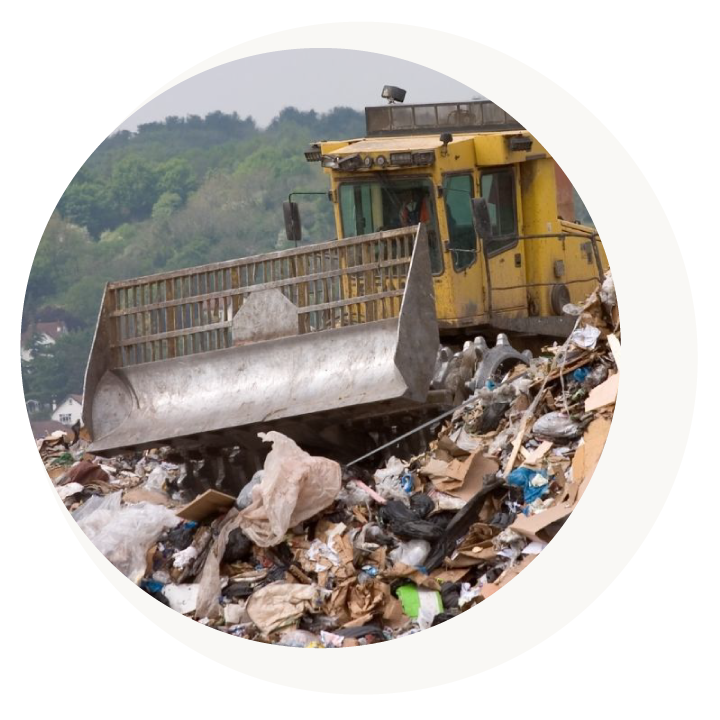
Excavation
It prevents environmental catastrophes. Limits clean-up costs and reclaims land that can be built on or used in other ways.
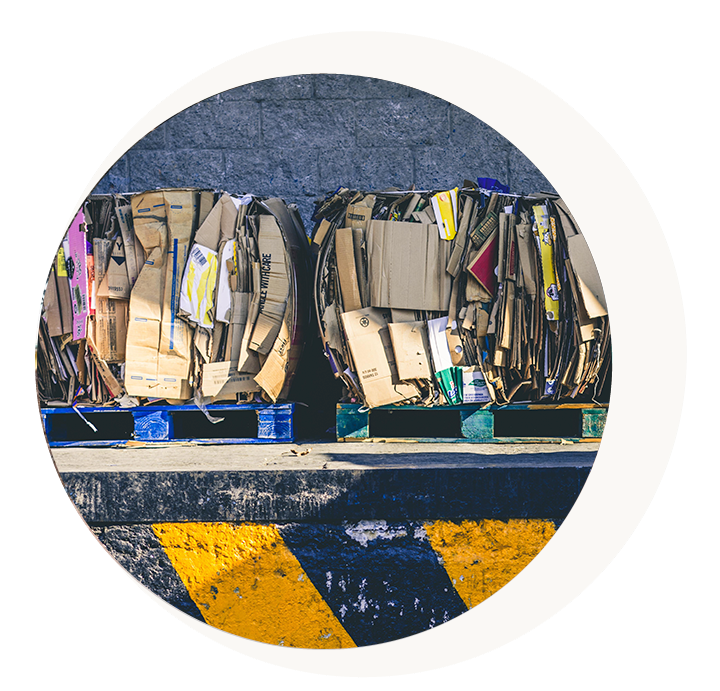
Separation of materials
Separating waste for processing gives waste a second useful life in the form of new products.
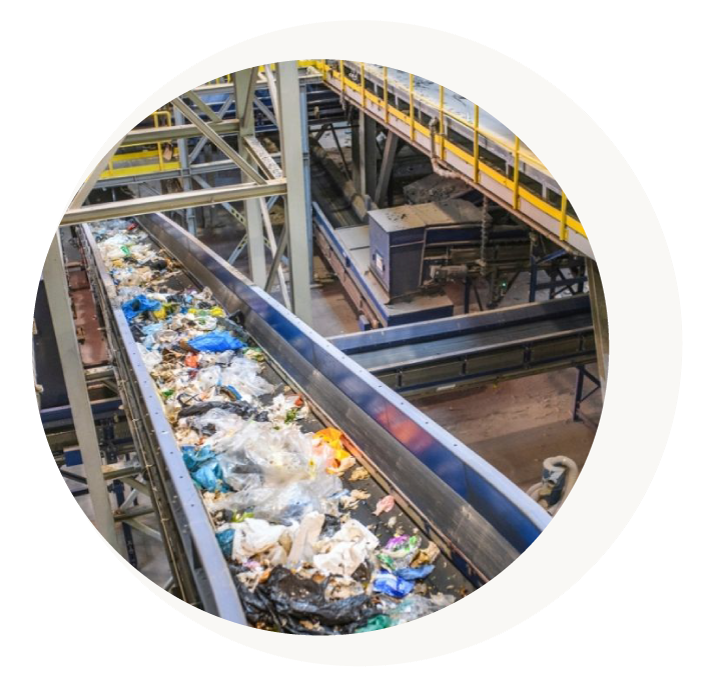
Recovery of valuable materials
Mitigate the depletion of natural resources and supply recyclable or highly usable materials in industry, such as some metals and minerals.

Waste recovery
The REVALUO system encompasses different processes that transform waste efficiently and sustainably.
The result is by-products that can be sold or used to generate fuel, heat or energy.

utilisation
What are the benefits of landfill mining?
Rapid return on investment.
Reclaiming land for the community.
Land remediation and decontamination.
Elimination of emissions.
Green bonds or carbon credits that can be sold to companies that want to offset their carbon footprint.
Job creation.
Alignment with the necessary trends in the ecological struggle and the benefits this brings in terms of image enhancement, popularity, sustainability and public support for company or government projects.
Contribution to the circular economy.

utilisation
What are the benefits of landfill mining?
Rapid return on investment.
Reclaiming land for the community.
Land remediation and decontamination.
Elimination of emissions.
Green bonds or carbon credits that can be sold to companies that want to offset their carbon footprint.
Job creation.
Alignment with the necessary trends in the ecological struggle and the benefits this brings in terms of image enhancement, popularity, sustainability and public support for company or government projects.
Contribution to the circular economy.
Solving common island problems
Most islands are not self-sufficient in energy resources and products, relying on ships from the mainland to meet their needs. We provide an efficient and cost-effective solution for waste treatment, energy and biofuel production, eliminating harmful emissions, creating jobs and reducing supply costs.
Composition of material in landfills, based on 22 studies
- Tierra 54,7%
- Papel 6,8%
- Plástico 8,3%
- Madera 6,8%
- Textiles / goma / piel 6,6%
- Materiales inertes 10,6%
- Residuos orgánicos 2,7%
- Metales férricos 2,9%
- Metales no-férricos 0,5%
- Residuos peligrosos 0,1%
Among the metals, which can be found in a landfill, is a group called rare earths or rare metals, a group of 17 elements from the periodic table that are used industrially to manufacture everything from cars, mobile phones and computers to advanced weapons.
These materials, including scandium, yttrium and lanthanides, have physical and chemical properties that improve the performance of hard disks, catalytic converters, magnets and lasers, among others.
In recent years, the use of these materials has been on the rise and this trend is expected to continue due to the increasing demand in many countries.
The waste of so many objects and materials in a landfill is a substantial loss of strategic materials and benefits.
Enhanced landfill mining:
The future
Enhanced mining techniques can drastically reduce remediation costs by combining them with resource recovery. In simpler terms, enhanced mining is a way to offset costly landfill mining techniques.
The process is to generate energy and recyclable goods that can provide the revenue needed to offset the very high costs. The target is higher value landfills, such as industrial landfills, which may consist of residues from the production of valuable minerals such as aluminium, copper, zinc or steel.
The enhanced extraction process is also relevant for municipal waste landfills. The waste is separated into recyclable materials such as glass, metal, plastic, etc., and a fuel fraction derived from the waste.
According to one study, the first experience of landfill mining was carried out in Israel in 1953, in order to obtain fertiliser for chards.
How the costs of landfill mining can be recovered
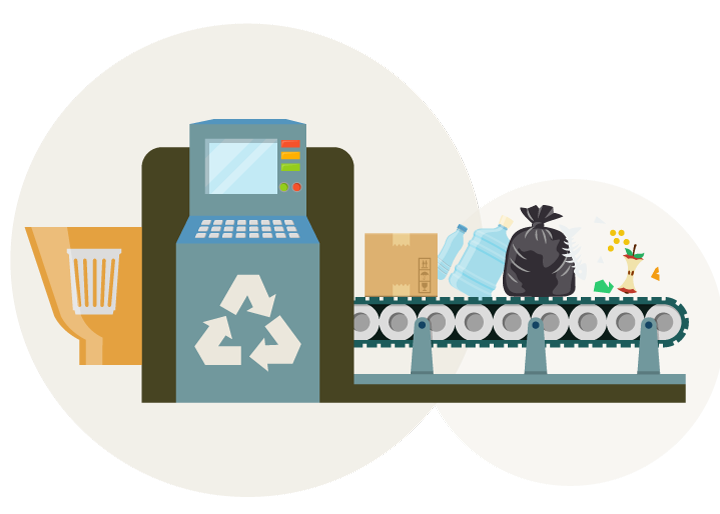
The low-cost fuel can be used in waste-to-energy plants.
If the recovered soil is used at another site as a daily cover, it may require the Toxicity Characteristic Leaching Procedure, which can be costly. However, toxicity levels do not need to be checked if the requirement of the importing site is lenient. Therefore, the choice of lenient sites is a good cost-saving technique.
Industrial landfills are repositories for valuable aluminium and steel scrap. These recovered metals can be reused in the steel industry as an important source of supply.
